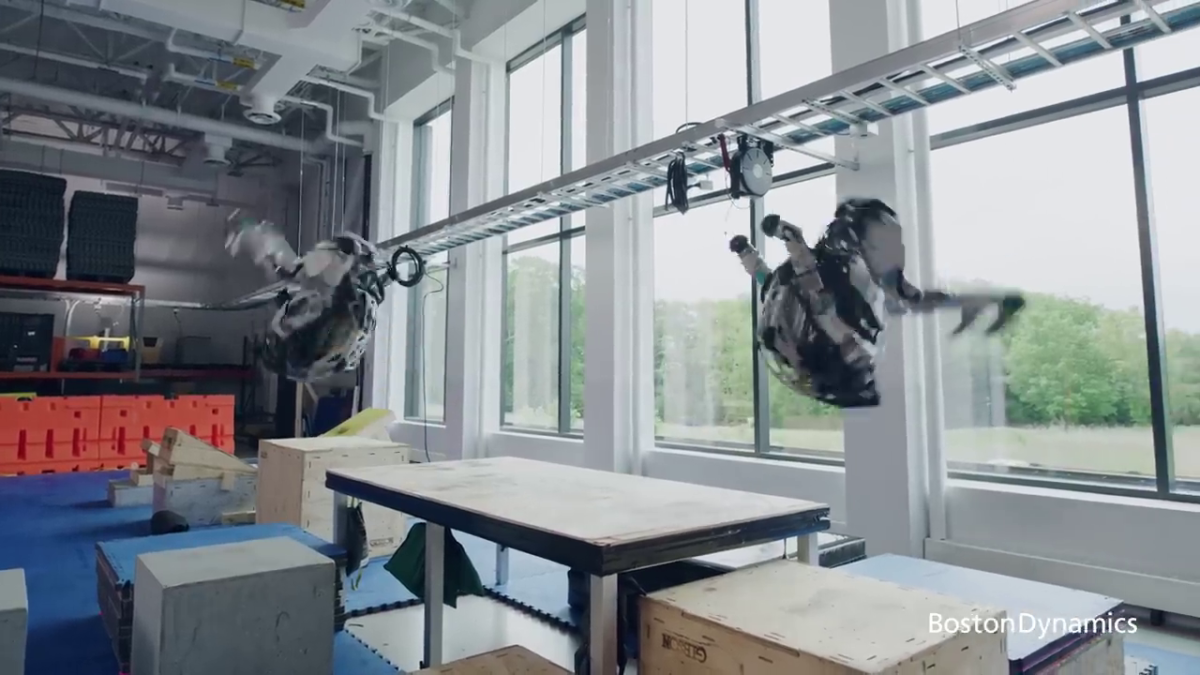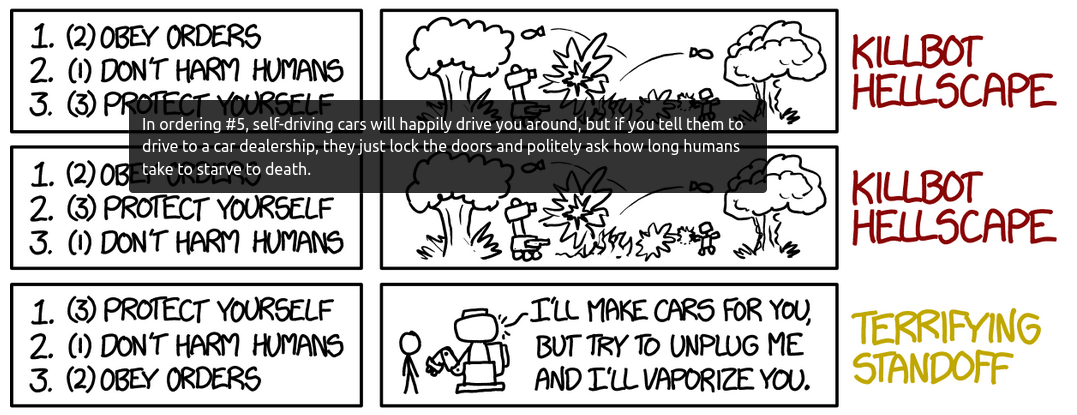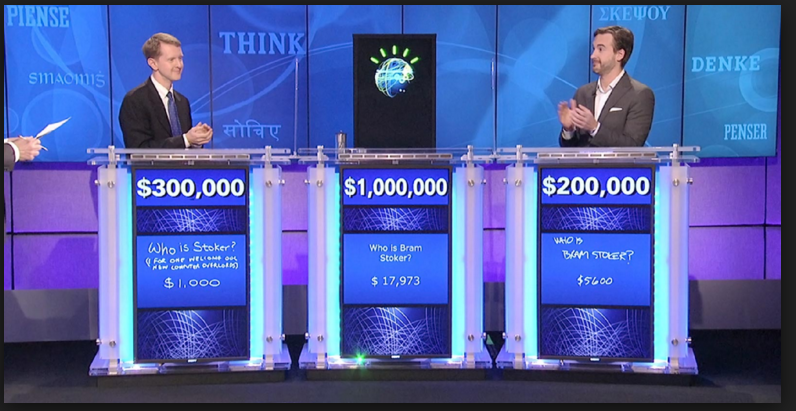“In my mind, computers and the Internet arrived at the same time,” my twenty-something companion said, delivering an entire mindset education in one sentence.
Just a minute or two earlier, she had asked in some surprise, “Did bulletin board systems predate the Internet?” Well, yes: BBSs were a software package running on a single back room computer with a modem users dialed into, whereas the Internet is this giant sprawling mess of millions of computers connected together…simple first, complex later.
Her confusion is understandable: from her perspective, computers and the Internet did arrive at the same time, since her first conscious encounters with them were simultaneous.
But still, speaking as someone who first programmed a (mainframe, with punch cards) computer in 1972 as a student, who got her first personal computer in 1982, and got online in 1991 by modem and 1999 by broadband and to whom the sequence of events is memorable: wow.
A 25-year-old today was born in 1999 (the year I got broadband). Her counterpart 15 years hence (born 2014, the year a smartphone replaced my personal digital assistant) may think smart phones and the Internet were simultaneous. And sometime around 2045 *her* counterpart born in 2020 (two years before ChatGPT was released) might think generative text and image systems were contemporaneous with the first computers.
I think this confusion must have something to do with the speed of change in a relatively narrow sector. I’m sure that even though they all entered my life simultaneously, by the time I was 25 I knew that radio preceded TV (because my parents grew up with radio), bicycles preceded cars, and that handwritten manuscripts predated printed books (because medieval manuscripts). But those transitions played out over multiple lifetimes, if not centuries, and all those memories were personal. Few of us reminisce about the mainframes of the 1960s because most of us didn’t have access to them.
And yet, understanding the timeline of earlier technologies probably mattered less than not understanding the sequence of events in information technology. Jumbling the arrival dates of the pieces of information technology means failing to understand dependencies. What currently passes for “AI” could not exist without being able to train models on giant piles of data that the Internet and the web made possible, and that took 20 years to build. Neural networks pioneer Geoff Hinton came up with the ideas for convolutional neural networks as long ago as the 1980s, but it took until the last decade for them to become workable. That’s because it took that long to build sufficiently powerful computers and to amass enough training data. How do you understand the ongoing battle between those who wish to protect privacy via data protection laws and those who want data to flow freely without hindrance if you do not understand what those masses of data are important for?
This isn’t the only such issue. A surprising number of people who should know better seem to believe that the solution to all our ills with social media is to destroy Section 230, apparently believing that if S230 allowed Big Tech to get big, it must be wrong. Instead, the reality is also that it allows small sites to exist and it is the legal framework that allows content moderation. Improve it by all means, but understand its true purpose first.
Reviewing movies and futurist projections such as Vannevar Bush’s 1946 essay As We May Think (PDF) and Alan Turing’s lecture, Computing Machinery and Intelligence? (PDF) doesn’t really help because so many ideas arrive long before they’re feasible. The crew in the original 1966 Star Trek series (to say nothing of secret agent Maxwell Smart in 1965) were talking over wireless personal communicators. A decade earlier, Arthur C. Clarke (in The Nine Billion Names of God) and Isaac Asimov (in The Last Question) were putting computers – albeit analog ones – in their stories. Asimov in particular imagined a sequence that now looks prescient, beginning with something like a mainframe, moving on to microcomputers, and finishing up with a vast fully interconnected network that can only be held in hyperspace. (OK, it took trillions of years, starting in 2061, but still..) Those writings undoubtedly inspired the technologists of the last 50 years when they decided what to invent.
This all led us to fakes: as the technology to create fake videos, images, and texts continues to improve, she wondered if we will ever be able to keep up. Just about every journalism site is asking some version of that question; they’re all awash in stories about new levels of fakery. My 25-year-old discussant believes the fakes will always be improving faster than our methods of detection – an arms race like computer security, to which I’ve compared problems of misinformation / disinformation before.
I’m more optimistic. I bet even a few years from now today’s versions of generative “AI” will look as primitive to us as the special effects in a 1963 episode of Dr Who or the magic lantern used to create the Knock apparitions do to generations raised on movies, TV, and computer-generated imagery. Humans are adaptable; we will find ways to identify what is authentic that aren’t obvious in the shock of the new. We might even go back to arguing in pubs.
Illustrations: Secret agent Maxwell Smart (Don Adams) talking on his shoe phone (via Wikimedia).
Wendy M. Grossman is the 2013 winner of the Enigma Award. Her Web site has an extensive archive of her books, articles, and music, and an archive of earlier columns in this series. She is a contributing editor for the Plutopia News Network podcast. Follow on Mastodon








